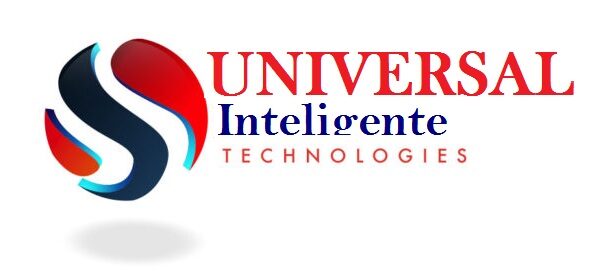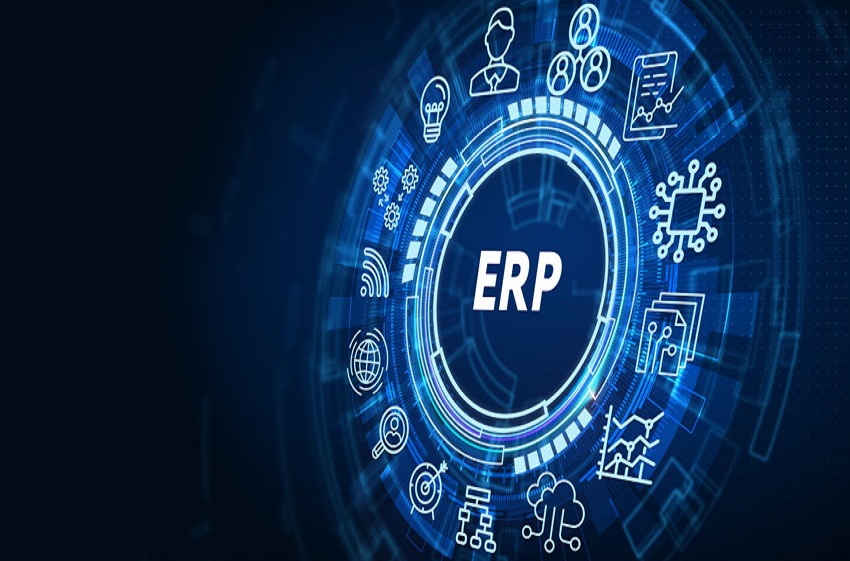Are you a manager of a department who is trying to create a case for enterprise resource planning (ERP)? Convincing your executive leadership to support an implementation may seem like an impossible endeavor, but it’s actually one of the most important things you can do.
It is impossible to secure the resources you need to get the initiative off the ground if you do not have the backing of executive management.
While developing a case for a firm, it is beneficial to be as thorough as is possible. To put it another way, you should present an overview of all applicable ERP business operations and emphasize the benefits that these functions will bring to your corporation.
You are one step closer to obtaining executive buy-in if you are able to illustrate the ways in which enterprise resource planning software may help automate, simplify, and streamline procedures across functional areas.
In this article, we will describe the ERP business functions that are present in the majority of ERP systems in order to help you decide which benefits to include in your business case.
Main functions of an ERP system
Finance, Accounting, and Accounts Payable/Receivable
ERP software has a lot of benefits, but the ones that are most in demand are the ones that make financial processes easier to understand and more open to review.
If you choose to use ERP, you will have much more control over almost every part of your financial operations.
System modules not only help organize a lot of financial data, but they also do a lot of work that used to be done by hand but is now done automatically.
This makes it a lot less likely that a person will make a mistake or report something that isn’t true. Also, it helps each team member do their job better.
In fact, an ERP system can help your business with every single financial transaction that happens. You no longer have to use old systems or paper files to do your work. Instead, you can do your work right away in a single, modern interface.
The end result will be higher levels of productivity, openness, and quality, which both your employees and your customers will appreciate.
Customer Service
Recent studies have shown that businesses that focus on giving their customers better service can increase their income by up to 80%.
Also, up to two-thirds of businesses compete solely on the basis of the customer experience, and 73% of buyers say that it helps them decide what to buy.
It has never been more important to put customer-facing work at the top of your list. You can do this in many ways, including by making your eCommerce strategy better.
When people use your website, it’s important to know how they got there, what they look at, how long they look at each thing, and what they end up buying from your store.
With the help of an ERP system, you can get these kinds of insights. With ERP, you can make personalized promotions that appeal to the interests of ERP users and get them to buy from you again and again.
Most ERP software already has built-in e-commerce features, and the ones that don’t usually connect to other e-commerce platforms.
Make sure you choose the right software so that your eCommerce doesn’t work in its own little box.
Instead, all of the data you collect is sent back to your central platform, where you can use it to make important decisions and plan new campaigns.
Supply Chain Management
Does your business regularly deal with things like materials, inventories, assembly, and line personnel? If that’s the case, you know that it can be hard to keep track of so many moving parts at times.
You need to be able to see everything in your supply chain in real time, but you shouldn’t have to use a lot of different technologies to do this.
Whether you’re using an ERP platform, an MRP system, or a supply chain management system, all the information you need is in one place and easy to find when you need it. Because of this, you can make your manufacturing processes more efficient both at home and abroad.
You can also keep an eye on every part of the production work you are doing. This makes it easy to keep track of and evaluate your current inventory levels, purchase data, accounts payable activity, and other parts of the production work.
ERP software not only makes operations run more smoothly, but it also makes it easy to change business procedures to fit the needs of each country by taking into account things like:
Last but not least, ERP gives you the ability to quickly identify any problems that have come up or are likely to come up in your supply chain and to take the right steps as soon as possible.
For example, you are automatically notified when important items are getting low on stock, which gives you the chance to restock them before the situation becomes urgent.
Order Processing
How does your team handle processing new orders when they come in right now? How do people keep track of it after that to make sure it gets delivered to the right place?
There’s a good chance that a long process has been set up, and that this process requires data to be passed between different departments, team members, and touchpoints.
At any point in the process, it’s possible that important details will be missed or misunderstood.
When you use an ERP solution, you have better control over all parts of the order management process, such as:
Initial order entry
- Credit checking
- Product shipping
- Sales analysis
- Sales reporting
If you own a business that sells products of any kind, you need an ERP platform to help your team manage inventory, shipping, and other tasks related to order fulfillment.
You should look for a system with an integrated processing module to make all of these tasks easier to handle.
A lot of these systems come with customer interface modules that are already set up and can be added to your company’s website right away.
Human Resources
A recent research found that 88 percent of HR leaders had the perception that they are a strategic partner in their respective organizations.
The majority of employees rely on a series of administrative chores that they are required to accomplish on a daily basis in order to contribute to the success of their organization. The majority of these duties are extremely time-consuming and draining of resources.
In point of fact, according to the same survey, human resources managers spend at least four full weeks out of the year performing manual labor.
To be more specific, 23% of HR directors claim that they manage new federal, state, and municipal regulations manually.
Twenty percent of the inputs are done manually, including reviewing pay stubs, updating employee info, and submitting direct deposits. 19% of the total processes the information regarding employee performance manually.
All of these tasks are able to be simplified and automated by using ERP software. Members of the HR team stand to gain the most in a number of different areas, including the following:
- Employee management
- Payroll and compensation management
- Time and attendance management
- Employee evaluations
- New recruitment
- Employee training
- Job offers
HR staff can use the platform to do more than just keep personnel databases up to date. They can also use it to make detailed reports and analyze employee performance in depth. In this way, all of the information is in one place and is easy to get to.
Even while not every company will have a need for such powerful capabilities, those who do find that there are very few providers other than ERP companies that are able to conveniently give them. This is a challenge for businesses that face it.
Project Management
No matter how big or small a project is, billing, managing expenses, and managing people are all important parts of it.
When these are spread out across the organization, it may be hard for customer service teams to make sure they have counted everything.
Because ERP keeps all the data in one place, it is easy to add this information to your total balance sheet.
If you use this method, you will be able to check that you are giving a certain project the right amount of resources.
The ability to report in project management is also helpful in a number of ways. Users can keep track of key performance indicators (KPIs), such as the amount of money spent on a project, and send detailed reports to everyone who needs to see them with just a few clicks.
Users can also set intermediate project milestones that need to be reached by a certain date.
After that, they can use automated sorting and filtering to put costs and benefits into different categories within each milestone.
This gives managers a clearer picture of the current state of each project and any changes that need to be made.
Customer Relationship Management
Using ERP solutions that have CRM built in, you can import information about your client relationships into your central database.
In this way, everything you do in your business is directly related to the value you give to your customers.
The staff can find out everything they need to know about each account in a matter of seconds. This includes the contacts, order history, and status of prospects.
When these records are kept digitally and updated digitally, it will be much easier for members of the team to do things like:
- Processing purchase orders
- Generating reminders for accounts receivable
- Notifying account executives to follow up on prospects currently in the sales funnel
There are many different kinds of CRM software, and the most of them are designed to focus on actions that are directed externally, such as the following:
- Customer interactions
- Pipeline management
- Sales tracking
- Prospecting activities
- Marketing campaign development
Still, combining the functions of CRM and ERP systems has a lot of positive effects. When you do this, you will be able to synchronize the actions that are focused on the client with the back-end procedures and operational data. This makes it possible to control the accounts and contracts from one place.
If the systems aren’t linked together, users will have to switch between two different platforms to get this information.
Integration gets rid of the risk of data being duplicated or wrong, and it also makes it easier for different departments to work together.

